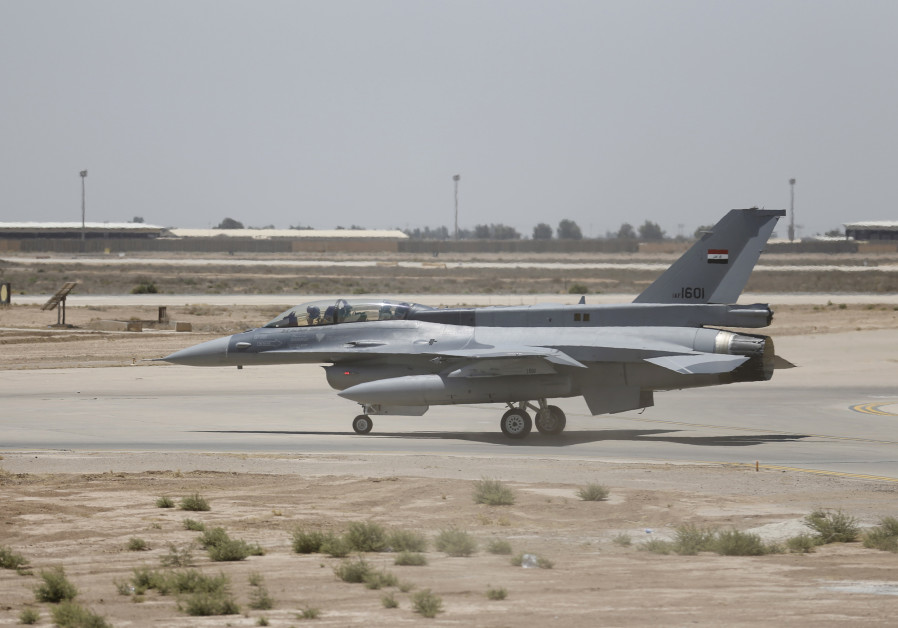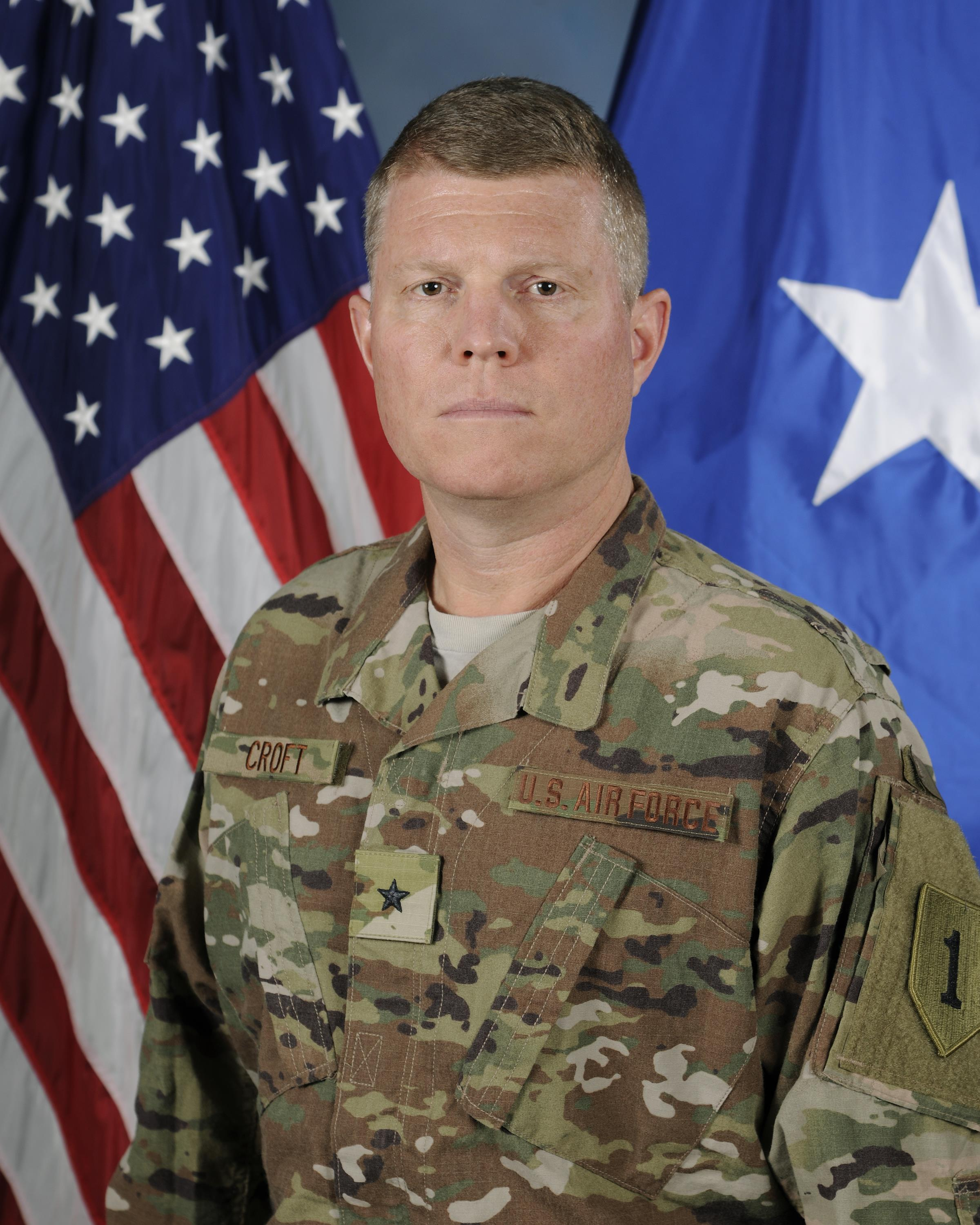Washington steps up support for Iraqi Air Force.

Balad airbase in Iraq has come a long way since June 2014, when Islamic State fighters conquered its surrounding villages. Today the base, 80 kilometers north of Baghdad, is home to a new air force academy with more than forty Iraqi pilots entering flight training. US Brigadier General Andrew A. Croft, deputy commander of air operations for the coalition in Iraq that has been fighting ISIS, is proud of that achievement, which is helping to enable Iraq to ensure its future security.
In an interview with The Jerusalem Post, Croft said that air power has played a critical role in defeating ISIS, and that training the Iraqis to support their own ground forces will be essential in the country, transitioning as major combat operations against ISIS have ended.

The US-led coalition’s mission has been to work “by, with and through” the Iraqi army – meaning that the Iraqi commanders lead the way and choose their own targets and goals while the US and other coalition partners work on advising, assisting and training.
All of this takes time. In June 2014 when ISIS took over a third of Iraq, it captured and massacred more than 1,500 Iraqi cadets at Camp Speicher. Many of these were air force personnel who will take time to replace.
To make up for its losses, Iraq ordered 36 F-16s from the US. The first of those arrived in the summer of 2015 and Iraqi pilots took to the air again fighting ISIS. Croft arrived in May 2017 when the Iraqi army was still slogging through the battle of Mosul. Since then he has assisted the Iraqis in retaking Tal Afar City, the district of Hawija and Anbar province, defeating ISIS on the ground.
“It’s a remarkable transition in such a short amount of time…over the last year [and particularly during] the last six months,” he says, of the Iraqi Air Force and the ability of Iraq’s various security forces to work together. Iraq now gathers its own intelligence from air reconnaissance, and uses unmanned drones and manned surveillance aircraft. “We are doing operations to increase effectiveness to find those ISIS remnants and move ground forces or rotary-wing assets [helicopters] to attack,” Croft says.
Over the last few years Iraq has relied on contractors for a lot of its training and mechanics. But the long-term cost of contractors is difficult to sustain. Now that most of the battle against ISIS is over, the strategy is to move Iraq towards having its own training programs and decrease dependency on others.
The years of war and stagnation in Iraq have resulted in a small air force. It has only two dozen recently acquired F-16s, and another two dozen Czech and Russian fighters that are decades old. It also has helicopters and transport aircraft, such as C-130s.
THE COALITION is now focusing on transitioning from the anti-ISIS combat operations of last year to securing and stabilizing Iraq “as the ISF [Iraqi Security Forces] become more capable,” says Croft.
One problem is that there are still pockets of ISIS control in Syria just across the border. This is all happening as Iraq prepares for nation-wide elections on May 12. “We keep an eye on eastern Syria to prevent ISIS [version] 2.0 or prevent another ISIS entity arising. [In Iraq we] protect critical infrastructure and we will assist them in doing that.”
Croft describes the coalition’s strategy as fitting like a mold around core capabilities, such as training. “Then we will have a secure Iraq they can defend. They are good at this and they are survivors.” Through this security arrangement will come good governance, stability and a better economy, he says.
The ability of air power to hunt down what remains of the ISIS threat in Iraq has changed greatly. Today ISIS is still capable of carrying out small terror attacks, but it has mostly melted back into rural areas, hiding in caves and stashing weapons in farm houses. The coalition and the Iraqis look for targets and do surveillance, but the mission has changed. Across the border in Syria it hasn’t changed – and the Iraqis have been paying close attention to threats at their border.
In mid-April Iraqi Air Force pilots were briefed on a sensitive mission. A group of their F-16s, with coalition backup, would cross into Syria and strike at ISIS. “In this case there was an ISIS facility on the Syrian side of the border that the Iraqis struck,” says Croft. “That is important because it demonstrates the ability of Iraq to defend its borders and pursue ISIS in cross-border operations.”
It was carried out with coalition assistance and coordination. “We shared intel and we had coalition fighters with the Iraqi fighters… [It] is significant that we did a coordinated effort on both sides.” The Iraqi F-16s used precision munitions; Croft says that the operation shows they are as capable as any other member of the international coalition. It bodes well for the future and the ability of the coalition to step back, as Iraq emerges from years of conflict.
As reported by The Jerusalem Post
